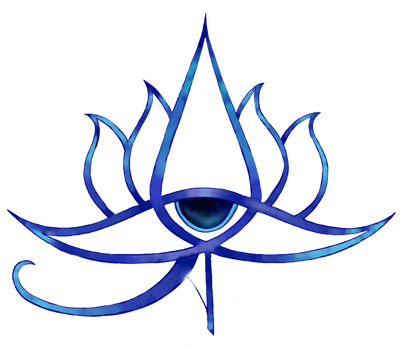Carl Jung on the Self which can bear no Self-Deception*
"Only now did I gradually come to what the mandala really is:
"Formation, transformation, the eternal mind's eternal recreation." And that is the self, the wholeness of the personality; which, when everything is well, is harmonious, but which can bear no self-deception. My mandala images were cryptograms on the state of my self, which were delivered to me each day. ~Carl Jung, Memories Dreams and Reflections, Page 121 [as cited in The Red Book; Footnote 136.]
Carl Jung calls the totality of our being the ‘self’. The self includes the conscious and the unconscious. This is represented by the ‘ego’ and the ‘superordinate’ aspects. Jung says:
“I usually describe the supraordinate personality as the “self,” thus making a sharp distinction between the ego, which, as is well known, extends only as far as the conscious mind, and the whole the personality, which includes the unconscious as well as the conscious component. The ego is thus related to the self as part to whole. To that extent the self is supraordinate.” (Carl Jung, CW 9i, para. 314-315)
Now this is rather amazing: Jung says that the self is felt (empirically) as an object not as a subject. He says:
“Moreover, the self is felt empirically not as subject but as object, and this by reason of its unconscious component, which can only come to consciousness indirectly, by way of projection.” (ibid)
This implies that we have some distance from our ‘self’. It is the object of our contemplation. It is not necessary directly accessible or subjectively experienced (at least in the beginning of our journey). Instead, it is the aspect of our being that we have to get to know through contemplation, imagination, dreaming. To discover the self is to know it as it appears to us through archetypal images emanating from the unconscious. Jung says:
“Because of its unconscious component the self is so far removed from the conscious mind that it can only be partially expressed by human figures; the other part of it has to be expressed by objective, abstract symbols. The human figures are father and son, mother and daughter, king and queen, god and goddess. Theriomorphic symbols are the dragon, snake, elephant, lion, bear, and other powerful animals, or again the spider, crab, butterfly, beetle, worm, etc. Plant symbols are generally flowers (lotus and rose). These lead on to geometrical figures like the circle, the sphere, the square, the quaternity, the clock, the firmament, and so on.” (ibid)
http://jungiangenealogy.weebly.com/
